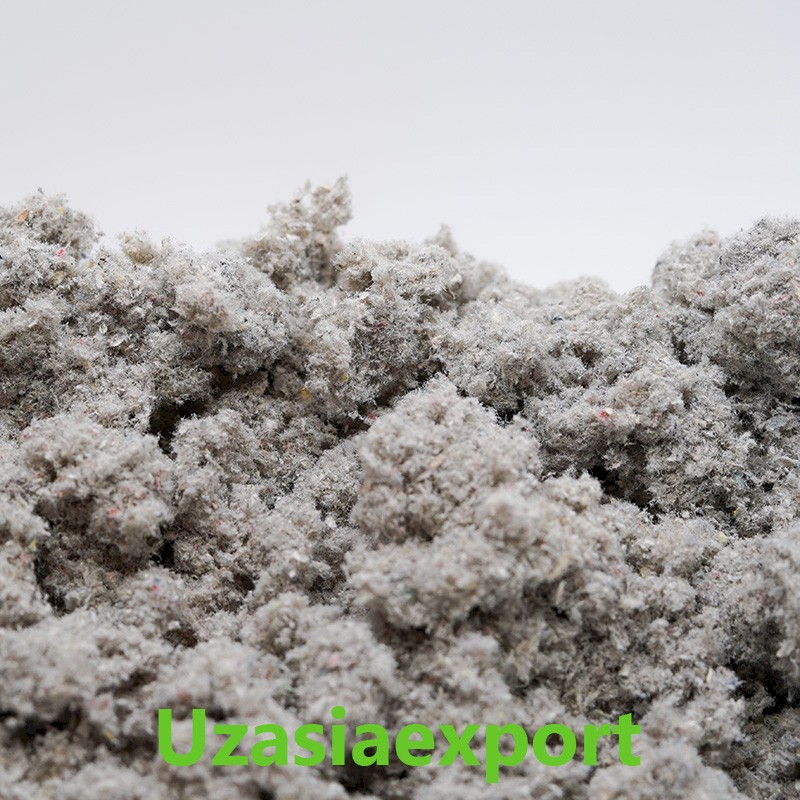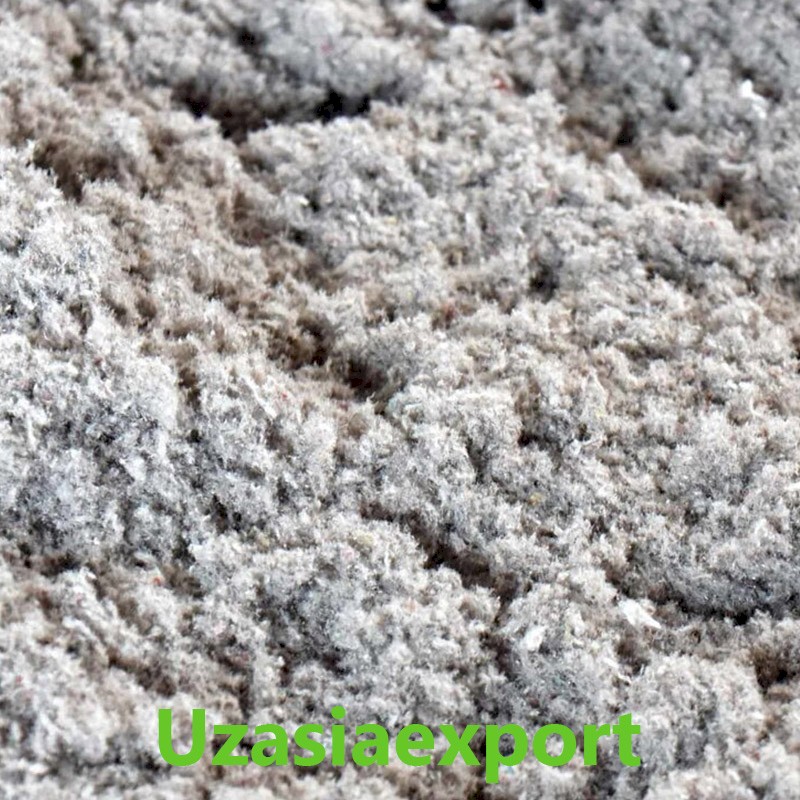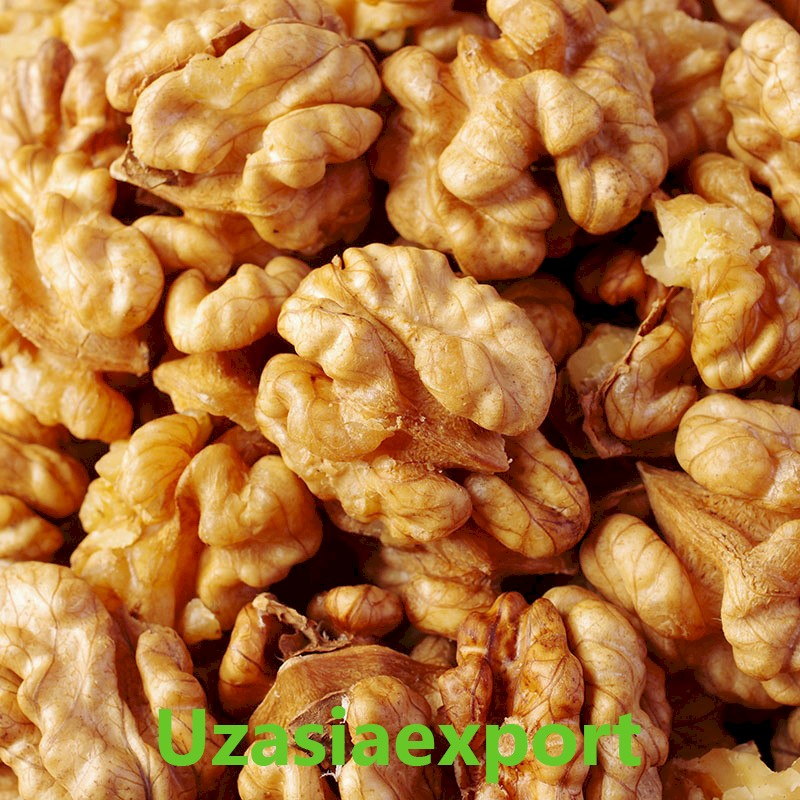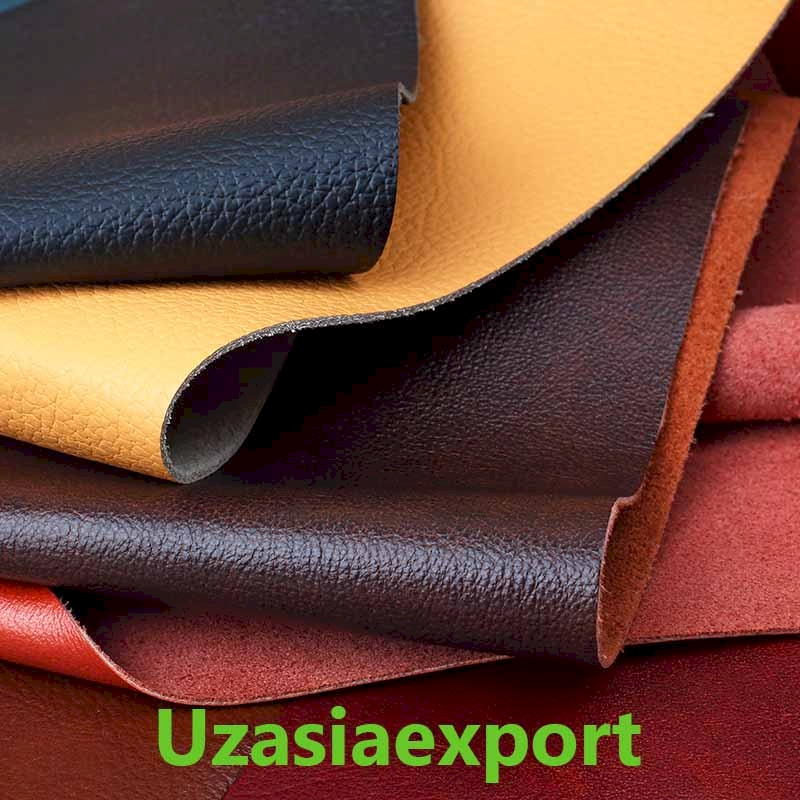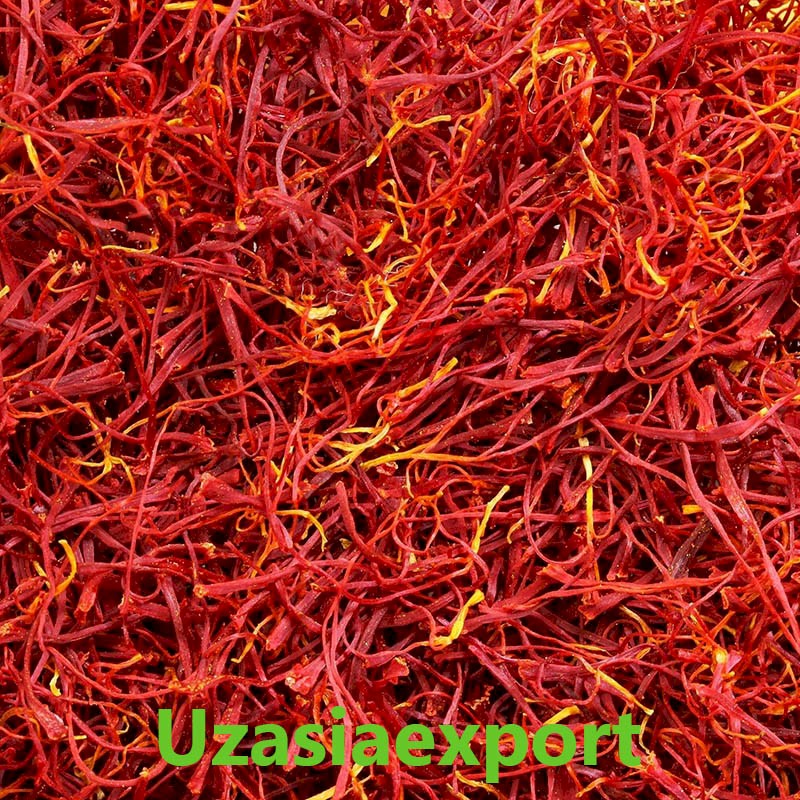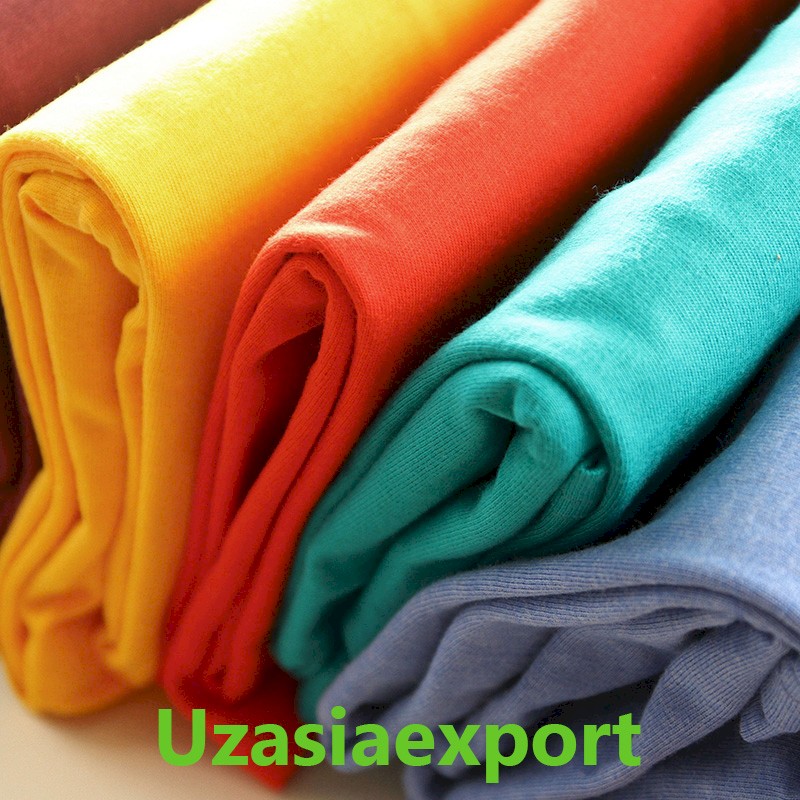Cellulose
-
Product category: Chemical products
Suppliers:0
Small description
Cellulose is an organic compound with the formula (C 6H 10O5)n, a polysaccharide consisting of a linear chain of several hundred to many thousands of β(1→4) linked D-glucose units.[3][4] Cellulose is an important structural component of the primary cell wall of green plants, many forms of algae and the oomycetes. Some species of bacteria secrete it to form biofilms.[5] Cellulose is the most abundant organic polymer on Earth. The cellulose content of cotton fiber is 90%, that of wood is 40–50%, and that of dried hemp is approximately 57%.
Cellulose is mainly used to produce paperboard and paper. Smaller quantities are converted into a wide variety of derivative products such as cellophane and rayon. Conversion of cellulose from energy crops into biofuels such as cellulosic ethanol is under development as a renewable fuel source. Cellulose for industrial use is mainly obtained from wood pulp and cotton.
Structure and properties of cellulose. C. is a white fibrous material with a density of 1.52–1.54 g/cm3 (20°C). C. soluble in the so-called. copper-ammonia solution [solution of ammincuprum (II) hydroxide in 25% aqueous ammonia solution], aqueous solutions of quaternary ammonium bases, aqueous solutions of complex compounds of hydroxides of polyvalent metals (Ni, Co) with ammonia or ethylenediamine, alkaline solution of an iron complex ( III) with sodium tartrate, solutions of nitrogen dioxide in dimethylformamide, concentrated phosphoric and sulfuric acids (dissolution in acids is accompanied by destruction of zinc).
The use of cellulose. C. is used to produce paper, cardboard, various artificial fibers—hydrated cellulose (viscose fibers, copper-ammonia fiber) and cellulose ether (acetate and triacetate—see Acetate fibers), films (cellophane), plastics, and varnishes (see Etrols, hydrated cellulose films, and ethereal cellulose). varnishes). Natural fibers from cotton (cotton, bast), as well as artificial fibers, are widely used in the textile industry. Derivatives of zinc (primarily ethers) are used as thickeners for printing inks, sizing and finishing preparations, suspension stabilizers in the manufacture of smokeless powder, and so on.
Suppliers of this product
Shown 0 goods from 0
Hot deals
Popular products currently available



